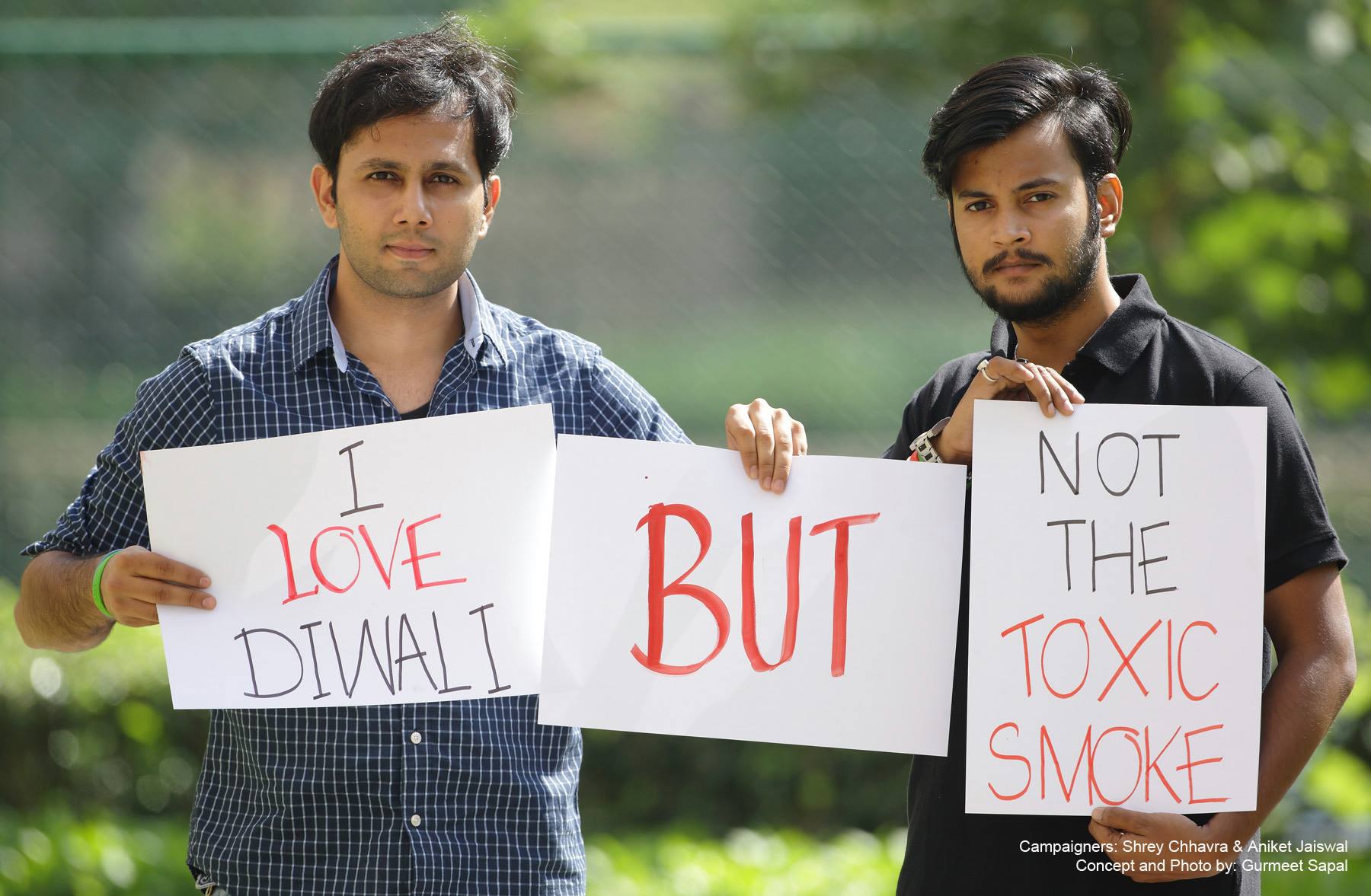White Bindis: New Tools in the Fight Against Child Marriage

Child marriage is a dangerous, repugnant concept that, despite laws and regulations, is a massive part of our world today. Unfortunately, South Asia holds the winning title, contributing with the largest number of child brides on Earth. Child marriage is nothing but a violation of human rights and a compromise of human innocence. The situation in India particularly is as frightening as it is disgusting, and as disgusting as it is deadly. The statistics speak for themselves. One in three of the world’s females are married before they turn 18, and one of nine are married before they turn 15. As child marriage is defined as a union in which one partner is under the age of 18, most of these young girls are oblivious to the sexual acts they will be performing, as well as their consequences. Among married 15 to 19 year old females, the majority of deaths occur during or immediately after labor, and these girls are twice as likely to die in childbirth than 20 to 24 year olds. Following the spiraling trend, females under the age of 15 are five times as likely to die in childbirth than 20 to 24 year olds.
The dangers don’t end there. By the slim chance that the infant survives the pregnancy, there is a 60% chance that he or she will die within a year due to low birth weight or malnutrition, and surviving children tend to suffer from slow cognitive and psychological development. (link)
Let’s put aside the endless medical issues that arise from child pregnancy. Studies have proven that child marriage and domestic violence are directly correlated. Girls married under the age of 18 are significantly more likely to be beaten, slapped or threatened by their husbands, and these child brides show symptoms of sexual abuse, depression, anxiety, and post-traumatic stress.
Why?
In today’s world, an archaic concept such as child marriage seems, well, archaic. In fact, the entire process began in the medieval ages, when young unmarried girls were considered “ill omens,” and most females were married at infancy. Yet, in 2014, despite India’s constant technological and educational modernization, India as a country continues to have a strong grasp on child marriage. Reasons are unclear, but one explanation is to maintain the caste system, another ancient Indian concept that should be gone by now. So many Hollywood and Bollywood movies express the idea of marrying for love, and 21st century children start to imagine marrying people that are outside of their caste. To ensure a stable caste system, parents force their children into marriage before they can make their own decisions. If not that, these parents feel that their children will be lost as adults, and the parents simply marry them off in hopes that the husbands will lead them in the right direction. Some grandparents so desperately want to see their child get married before their death that they are willing to have them get married before they become adults. Some simply can’t afford to take care of their children, and the only way to stay financially stable is to marry their child off.
Action
Laws and Restraint Acts have been implemented in the past, but no change has really occurred. At this point, all we can really do is fight back in the small ways we can. So, Prakhar Jain created a “No Child Brides” campaign in hopes of having an impact. The campaign is an art installation comprising entirely of white bindis.
“A red bindi worn mostly by married women, connotes love and prosperity and also bindis are believed to protect a woman from anything evil. While coloured bindis have seeped into popular culture but no one wears a white bindi. So we thought of using the white bindi as a symbol of protest against child marriage,” says Prakhar Jain
Jain and friends travelled across India and took photographs of child brides, raising money and awareness along the way. And now, they are travelling India once again with their completed art installation, selling white bindis and informing Indians of the harsh realities of child marriages. The money is going to a non-governmental organization that plans on running child rights protection and health programs across India.
Jain, as well as the entire world, feel that his travelling artwork, coined the “White Bindi Movement,” is a significant step towards ending child marriage for good. Even famous Indian designers promoted the movement by including it in the Lakme Fashion Week of Mumbai, having all the models and staff members wear white bindis.
There is still much work to be done. In 2013, the United Nations Human Rights Council presented a world-wide resolution to the child marriage problem, and though 107 countries signed on to it, India was not one of them.
Nonetheless, the White Bindi Movement is a huge, progressive step in saving these young girls from the hazardous consequences and emotional toll of child marriages. The most we can do from afar is raise awareness and hope for the best, so knowing the White Bindi Movement is spanning the country of India is as comforting as a situation like this can be.
Image Attributes: [LopsidedFroggy and Child Survival India]





